Foam Filled Marine Fenders: Reliable Protection for Vessels and Docks
09/10/2025How to Find a Trustworthy Pneumatic Rubber Fender Manufacturer?
09/12/2025Choosing the Right Marine Rubber Fenders
1. Introduction: A Brief History of Marine Rubber Fenders
In the early days of shipping, sailors relied on simple materials such as rope bundles, timber logs, or woven mats to reduce collision forces. However, as ships grew larger and heavier, these makeshift buffers quickly became inadequate. Rubber soon entered the picture because it offered elasticity, resilience, and durability. Over time, engineers created different shapes and structures of rubber fenders to match various berthing conditions. Today, marine rubber fenders play an essential role in global ports, protecting both ships and harbor infrastructure.
2. The Role of Marine Rubber Fenders
Marine rubber fenders primarily absorb kinetic energy during berthing and lower the impact force between a ship and a quay, jetty, or another vessel. As a result, they protect vessels from hull damage and safeguard piers and piles from expensive repairs. Choosing the right fender not only improves safety but also ensures smooth and efficient port operations.
3. Common Types of Marine Rubber Fenders
Pneumatic Fenders
Pneumatic fenders contain reinforced rubber filled with air. They float on the water surface and adapt easily to vessel movements. Ports often use them for ship-to-ship operations or areas with large tidal variation.
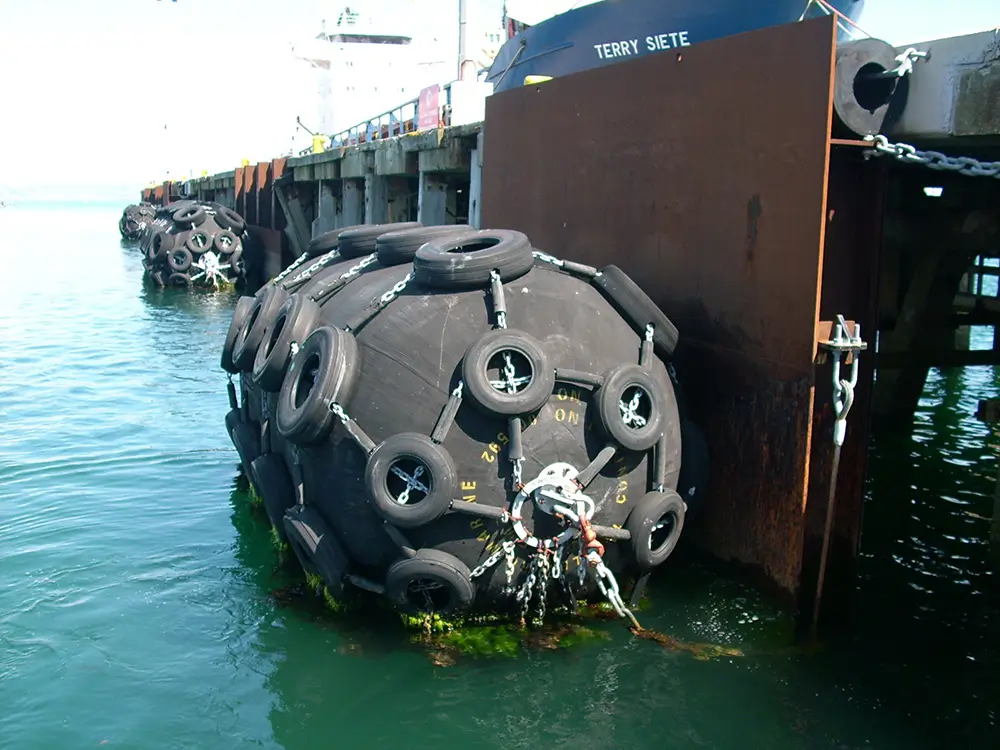
Foam-Filled Fenders
Foam-filled fenders include a closed-cell foam core wrapped in an elastomeric skin. Even if the skin suffers scratches, the foam keeps its buoyancy. Therefore, busy ports and offshore facilities often rely on them for continuous service.
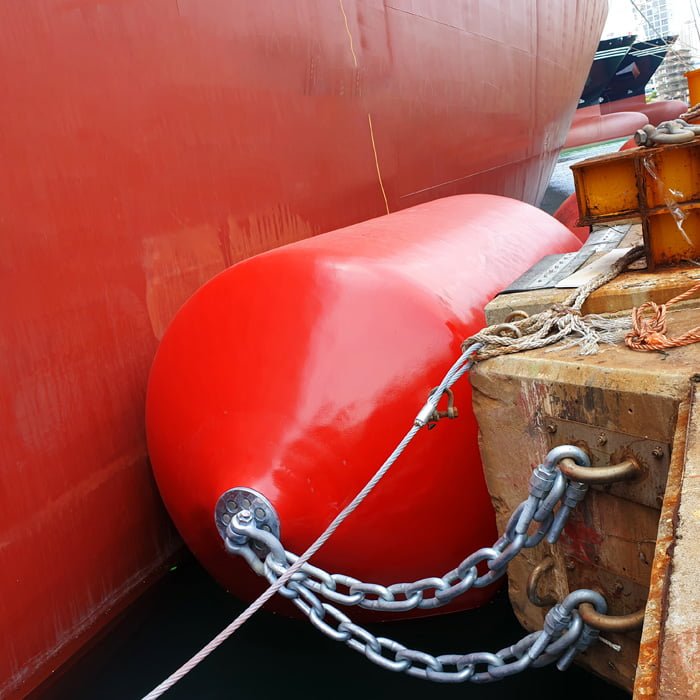
Arch Fenders
Arch fenders have a curved design that spreads energy across a wide contact area. Because they are compact and simple to install, many small and medium-sized ports prefer them.
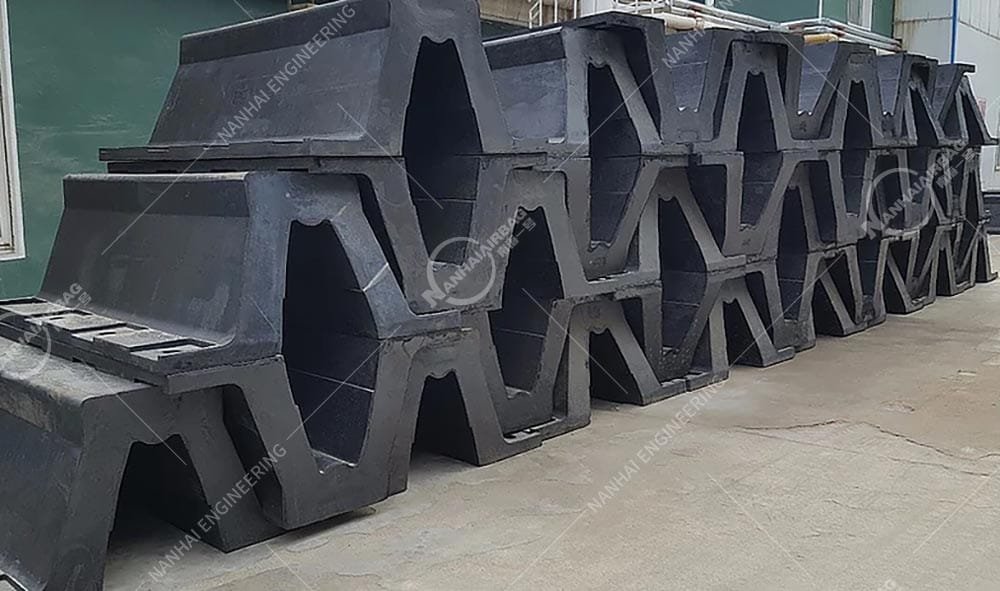
Cell Fenders
Cell fenders use a hollow cylindrical body with a broad contact surface. This structure delivers high energy absorption while keeping reaction forces low. Consequently, large container terminals and bulk ports often choose them.
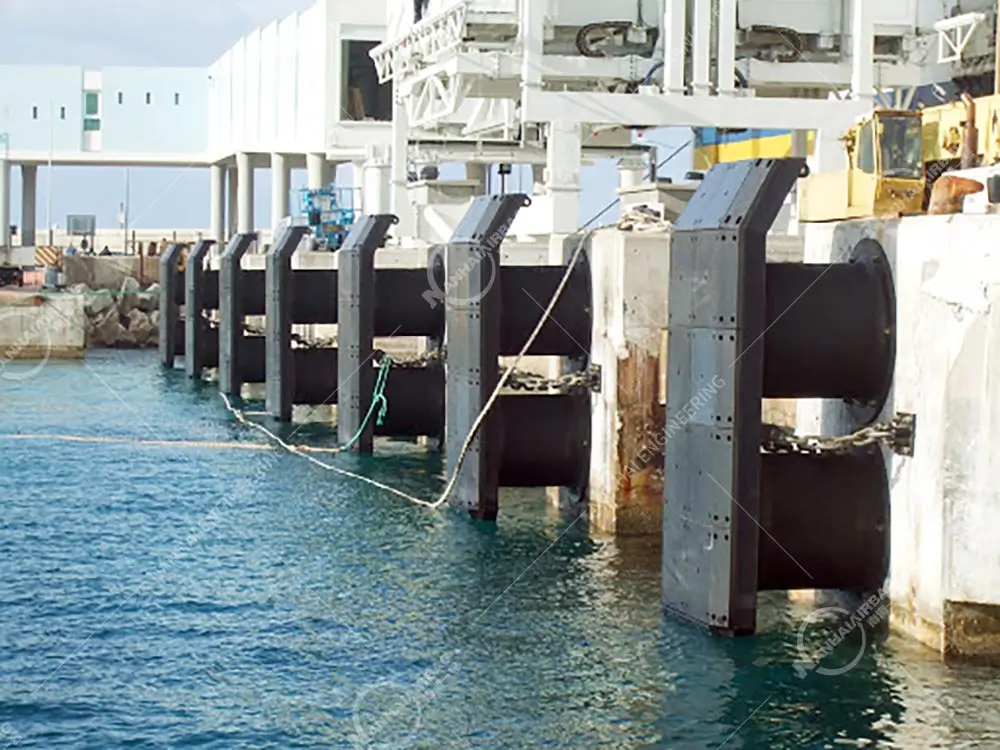
Cone Fenders
Cone fenders employ a conical body that combines stability with exceptional energy absorption. Heavy-duty berths for tankers and bulk carriers frequently depend on this design.
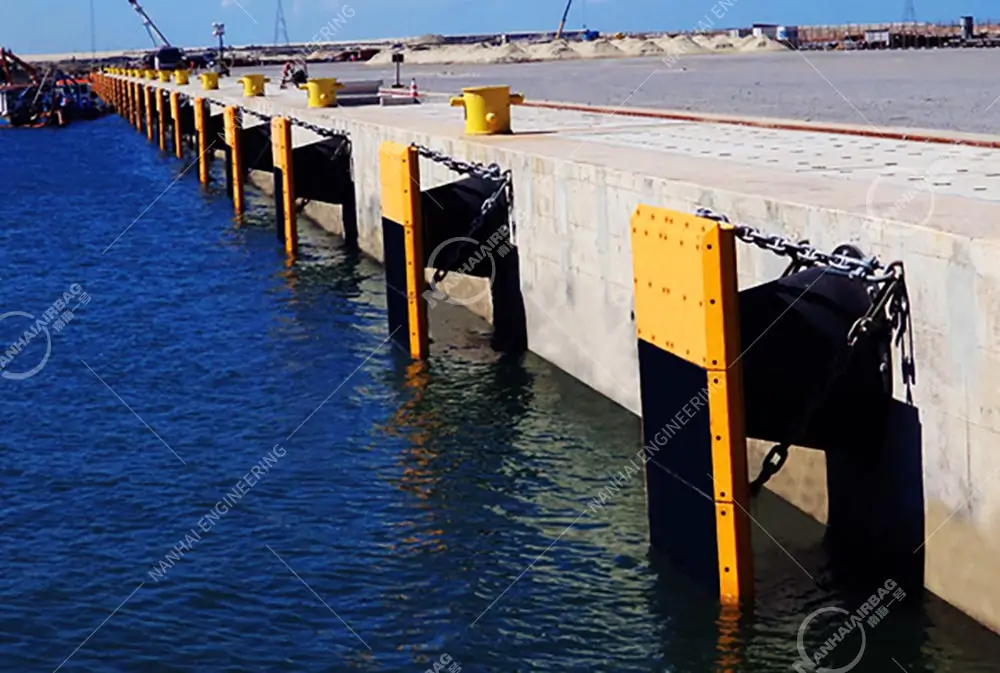
D Fenders
D fenders resemble the letter “D.” Shipbuilders usually bolt them to the sides of tugboats, barges, or piers. Their flat back allows quick installation, making them suitable for smaller vessels.

Cylindrical Fenders
Cylindrical fenders take a simple round shape and come in various diameters. Operators hang them vertically or horizontally on piers and dolphins to protect approaching ships.
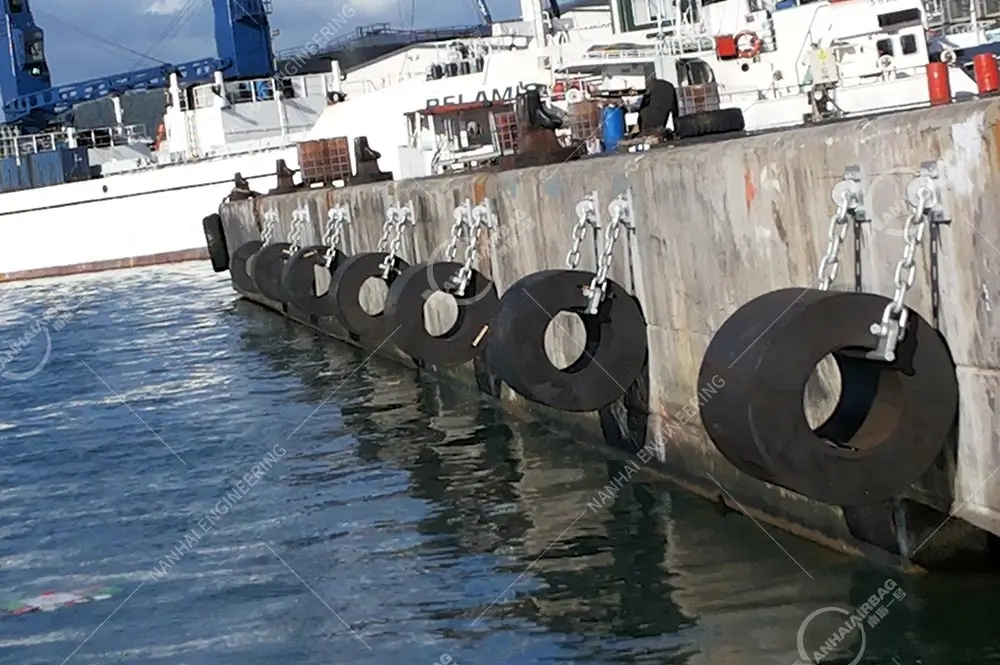
Roller Fenders
Roller fenders rotate as ships move along them, guiding vessels smoothly into tight spaces. Therefore, they are common at narrow entrances, locks, and dock corners.
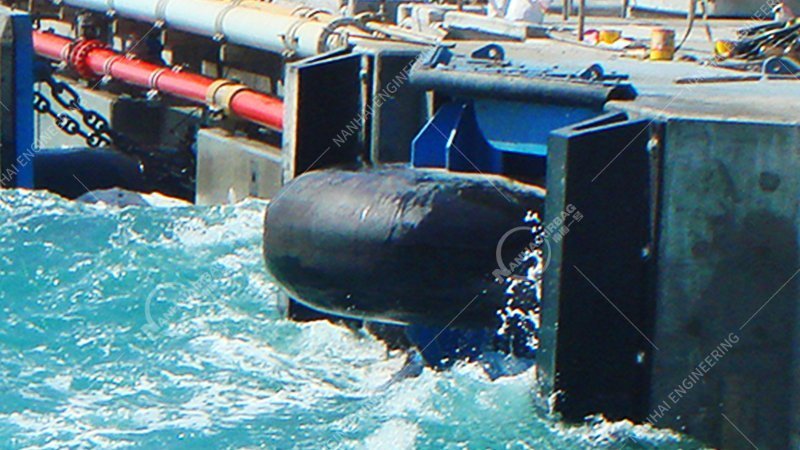
Tugboat Fenders
Tugboat fenders often appear in cylindrical, W-shaped, or M-shaped profiles. Shipyards install them around tugboats so they can push and tow larger vessels without damaging their own hulls.
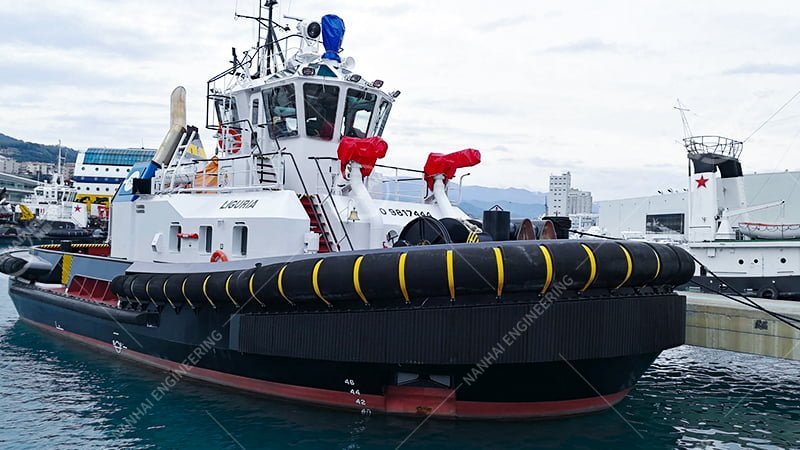
4. Key Factors When Choosing Marine Rubber Fenders
When selecting fenders, decision-makers should evaluate several aspects. First, they must consider vessel type and size, since larger ships generate more berthing energy. In addition, berthing structures such as quay walls, piles, or floating docks require different fender shapes. Moreover, berthing speed and energy determine how much absorption the fender must handle. Environmental conditions also play a key role: extreme temperatures, strong UV, or floating debris may influence material choice. Finally, maintenance capacity and budget affect whether operators prefer easy-to-maintain fenders or long-term heavy-duty designs.
5. Installation and Maintenance Guidelines
Proper installation ensures that fenders work effectively. Operators should position them at the correct height relative to the ship’s draft and secure them with anchors, chains, or brackets that match the expected loads. In addition, regular inspections are necessary. For example, crews must check the pressure of pneumatic fenders, the surface of foam-filled fenders, and the wear level of solid fenders. By keeping records of inspections, operators can plan timely repairs or replacements.
6. Conclusion
Marine rubber fenders have developed into a wide range of solutions, each tailored to specific needs. By understanding their characteristics and evaluating factors such as vessel type, berthing structure, and environmental conditions, operators can make the right choice. In turn, ports improve safety, extend infrastructure lifespan, and reduce operational costs. Therefore, careful selection of marine rubber fenders remains a vital step in modern port management.
